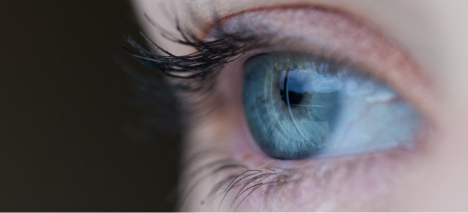Did you know that the eyes are considered the most delicate organs in the entire human body? It is also the main tool we have to know what is around us and anticipate any danger that might happen to us. Therefore, eye care should be a priority and it is important to be aware of any changes in vision. For example, if you begin to notice that you see in a blurred way, this may be a sign that you are developing a condition such as glaucoma. This condition may not be noticed at first, but if not treated in time, it can make it difficult to perform daily activities and even compromise the quality of your vision.
What does it mean to have glaucoma?
– Glaucoma is an eye injury that affects the optic nerve, the nerve that connects the eyes to the brain. The most common cause of this condition is excess fluid in the front part of the eye, which causes an increase in eye pressure. In the long term, glaucoma can lead to blindness, especially in adults over 60. It is important to be aware of the symptoms related to this condition, because if detected in its early stages, it can be prevented and the patient significantly reduces the chances of losing their vision.
– It is often difficult to recognize the symptoms of glaucoma because some of them are not directly related to the eye. Some symptoms are intense eye pain, red eyes and headache, nausea and vomiting, blurred vision, pain around the eyes, ring vision around the focus of light.
Types of Glaucoma:
The two most common types of glaucoma are:
Open angle glaucoma: 80-90% of people who develop glaucoma, is usually of this type. It is generated because there is a large angle between the iris and the cornea. This is also known as primary glaucoma. Usually, the most common symptom is the appearance of blind spots in peripheral or central vision.
Closed angle glaucoma: This type of glaucoma is not as common and, unlike the previous one, is characterized by a narrower angle between the iris and the cornea. It develops very quickly and causes symptoms such as headache, eye pain, blurred vision, and redness. Some patients also mention that when they see lights, they notice that they are accompanied by rings.
Can this condition be prevented?
It is not possible to prevent the disease entirely, but if it is detected in the early stages, there is a greater chance of preventing the person from losing their vision completely. It is recommended to visit a professional at least once a year for a complete eye examination. The doctor who detects and treats this condition is the ophthalmologist, and the best professionals in different areas can be found at doctoranytime.
Article published with medical guarantees, in collaboration with doctoranytime’s scientific group.
 HammBurg Be informed with latest news, reviews, entertainment, lifestyle tips, and much more.
HammBurg Be informed with latest news, reviews, entertainment, lifestyle tips, and much more.




